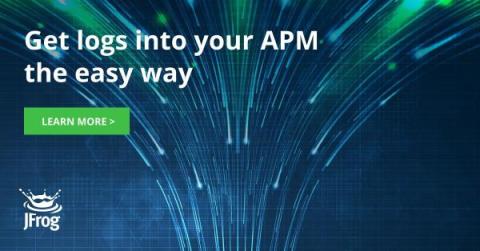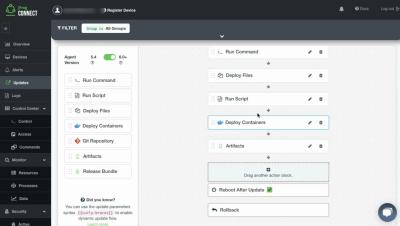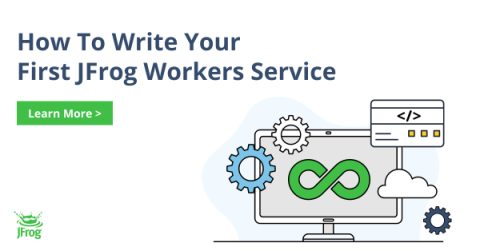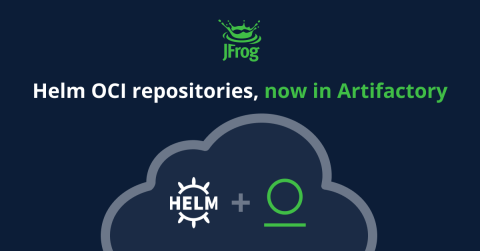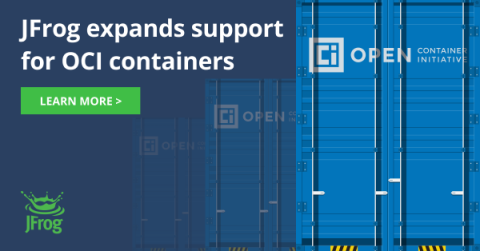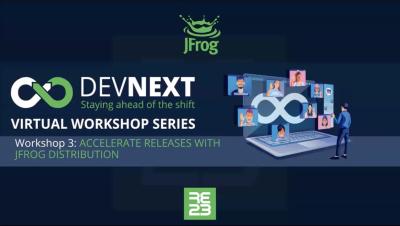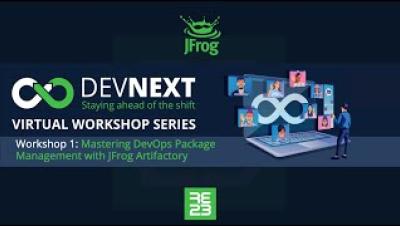Improve Cloud Visibility with JFrog's SaaS Log Streamer
The beauty of deploying SaaS-based applications is that you don’t have to worry about building the infrastructure, hiring engineers to maintain it, staying on top of upgrades or worry about application security. Indeed, these are some of the main benefits you get by using a SaaS offering. However, the world of software is full of trade-offs, so, what do you lose out on?


